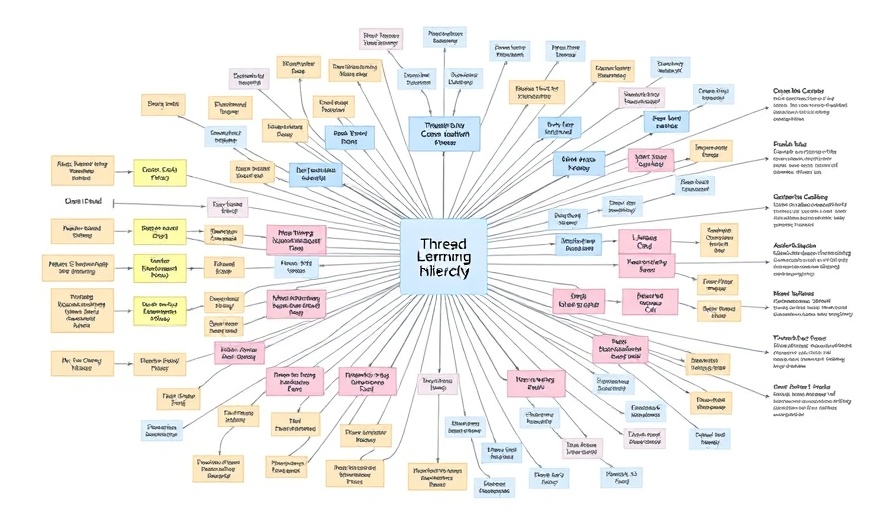
Revolutionizing Optimization in Complex Systems
Optimizing complex systems, whether in urban transportation or robotics, has long posed challenges for software developers. However, MIT researchers have taken a novel approach to tackle these issues using simple diagrams, making the optimization process accessible and easier to understand.
Diagram-Based Language
The innovative technique, developed by Vincent Abbott and Professor Gioele Zardini from MIT's Laboratory for Information and Decision Systems, introduces a new diagram-based 'language' founded on category theory. This language allows for the visualization of relationships and hierarchies within an algorithm, simplifying the task of managing interactions between different system components.
Complex Interactions and Their Implications
As Zardini explains, every component of an algorithm must engage with others, exchanging vital information and accounting for energy efficiency and memory use. This interconnectedness means a change in one area can ripple through the system, complicating the optimization efforts. The research specifically targets the domain of deep learning, the driving force behind numerous AI applications, including language models and image generators. The efficiency of these models hinges on their ability to perform complex operations on large datasets, which the new diagrammatic approach seeks to streamline.
Future Trends in Artificial Intelligence
With the rapid advancement of artificial intelligence technologies, the demand for more efficient optimization methods is surging. The techniques developed by Abbott and Zardini could set a precedent for future AI models, ensuring they process data more effectively while consuming less power. Considering the ongoing focus on sustainable tech practices, this advancement could lead to a more environmentally friendly AI landscape.
Real-World Applications
Real-world implications of this research could transform several sectors. From improving transportation systems to optimizing robotic functionalities, these insightful tools could help mitigate inefficiencies. Currently, AI applications struggle with complex optimization problems; simple diagramming tools could facilitate breakthroughs in efficiency in various industries.
Conclusion: Embracing New Techniques
As technology continues to evolve, harnessing new ideas like this diagram-based language will be crucial for the next wave of advancements in AI and machine learning. The insights gained suggest that simplicity in design can lead to profound improvements in complex systems. To stay informed on how these pioneering techniques are shaping future technologies, consider following advancements in AI and machine learning.
 Add Row
Add Row  Add
Add 




Write A Comment